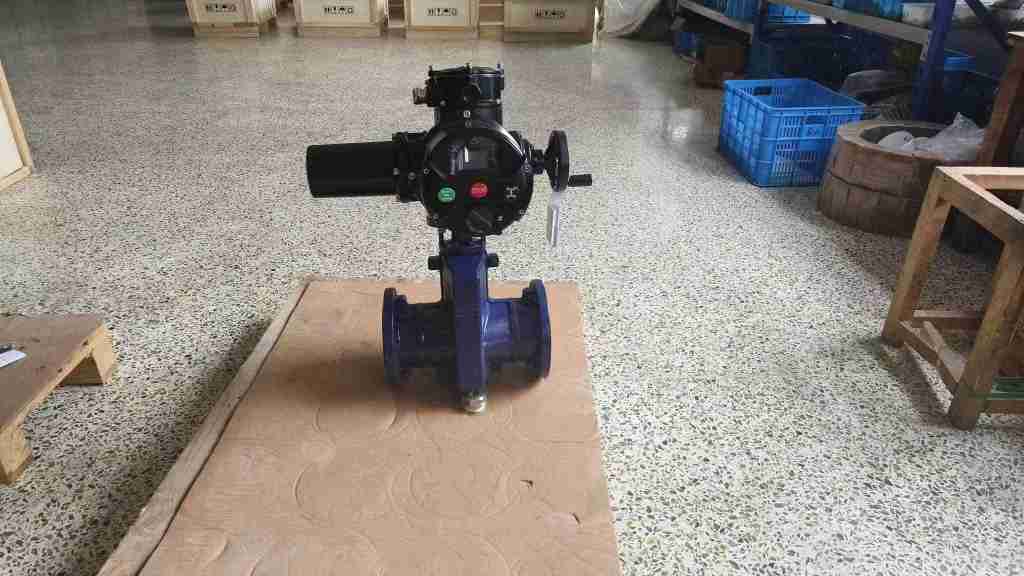In the ever-evolving field of industrial automation, flow control plays a crucial role in ensuring smooth and efficient operations. One of the most innovative and effective solutions for controlling the flow of fluids or powders in pipelines is the electric pinch valve. This article delves into the workings, benefits, applications, and advantages of the electric pinch valve, showcasing why it is gaining popularity across various industries.

What is an Electric Pinch Valve? An electric pinch valve is a type of valve that uses an electric actuator to control the flow of a medium, whether it’s a liquid, gas, or powder, through a pipeline. Unlike traditional valves, which typically use mechanical parts like ball, gate, or globe valves to open and close, the pinch valve operates by pinching the pipeline closed or open with the help of an elastomer sleeve. The sleeve is controlled by the electric actuator, which tightens or loosens the pinch, thereby regulating the flow of the medium. The electric pinch valve is designed for applications where precise control of flow is essential, and the valve’s design offers many benefits over conventional valve types, especially in situations where hygiene, simplicity, and minimal maintenance are priorities.